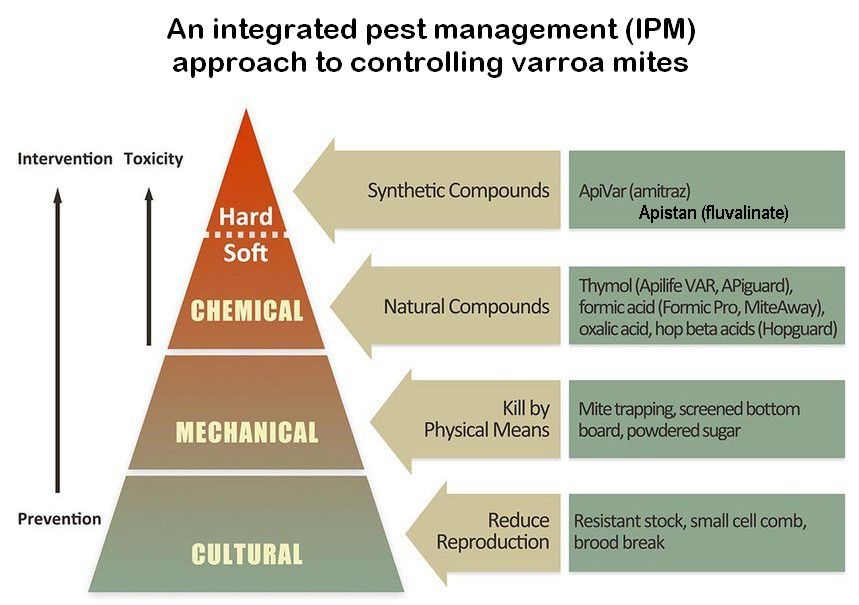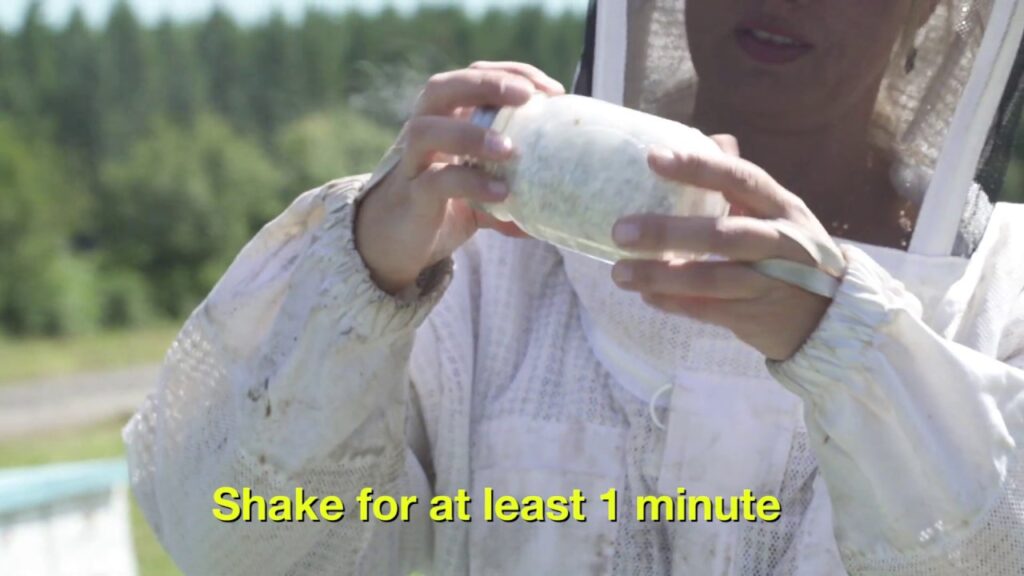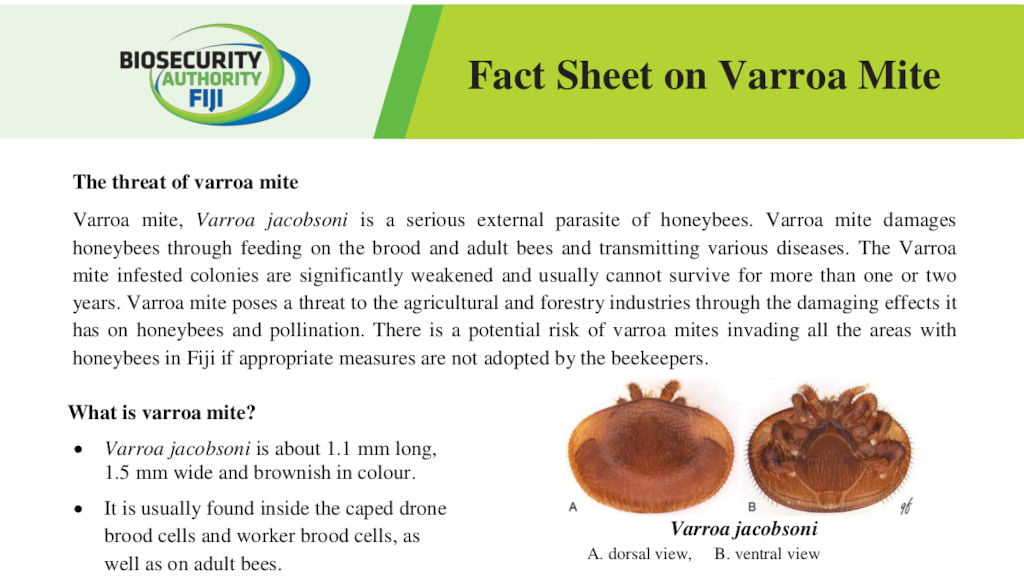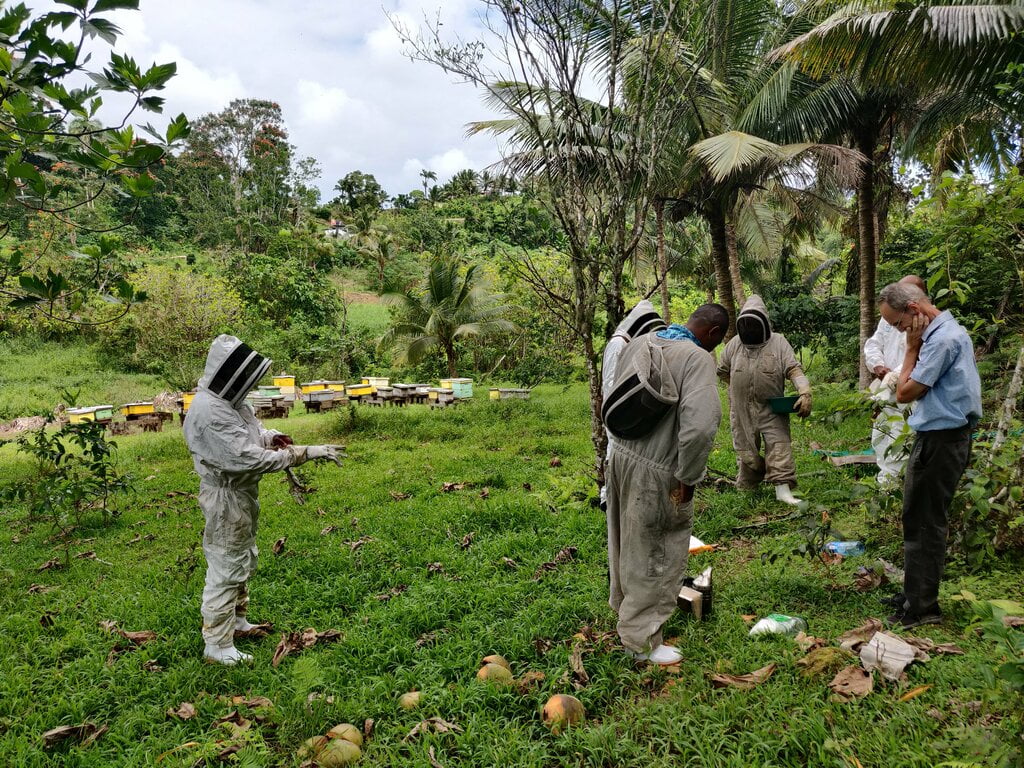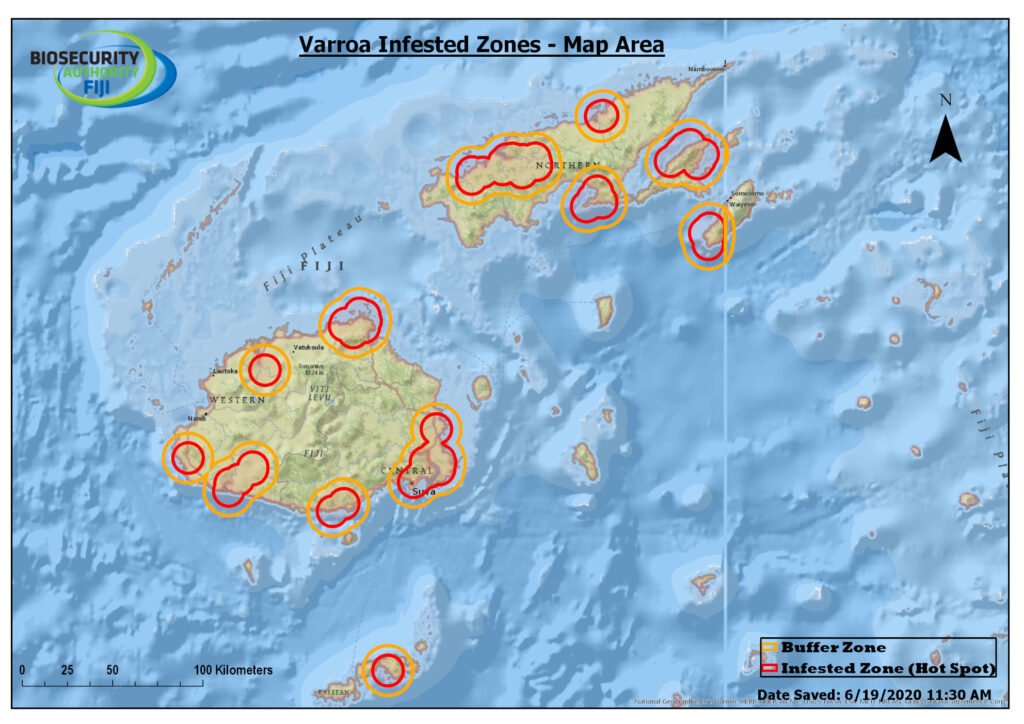Varroa – Part 2 : Controlling Varroa Mites
Papua New Guinean beekeepers have suffered from the same species of varroa 10 years longer than Fijians, so we can learn from the PNG experience. Anecdotal evidence from PNG suggests substantial negative impacts on honey production. In the early years, untreated in PNG, it caused bee colony deaths estimated at 60% – 90% in some […]
Varroa – Part 2 : Controlling Varroa Mites Read More »

